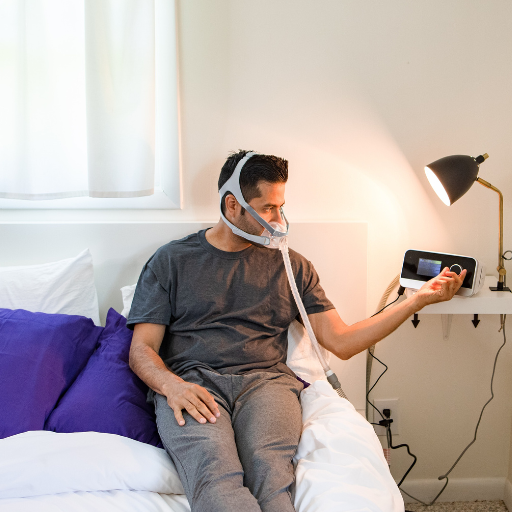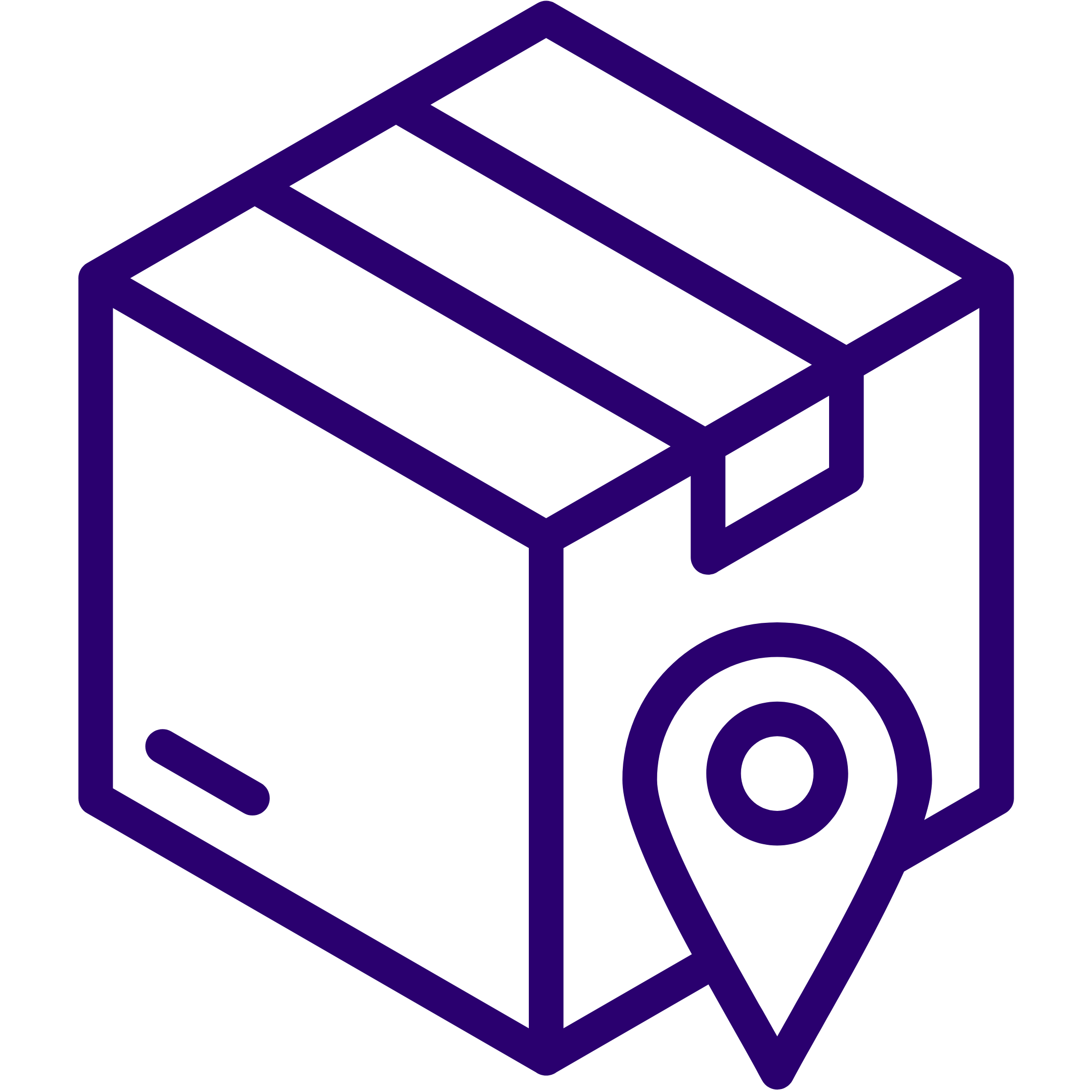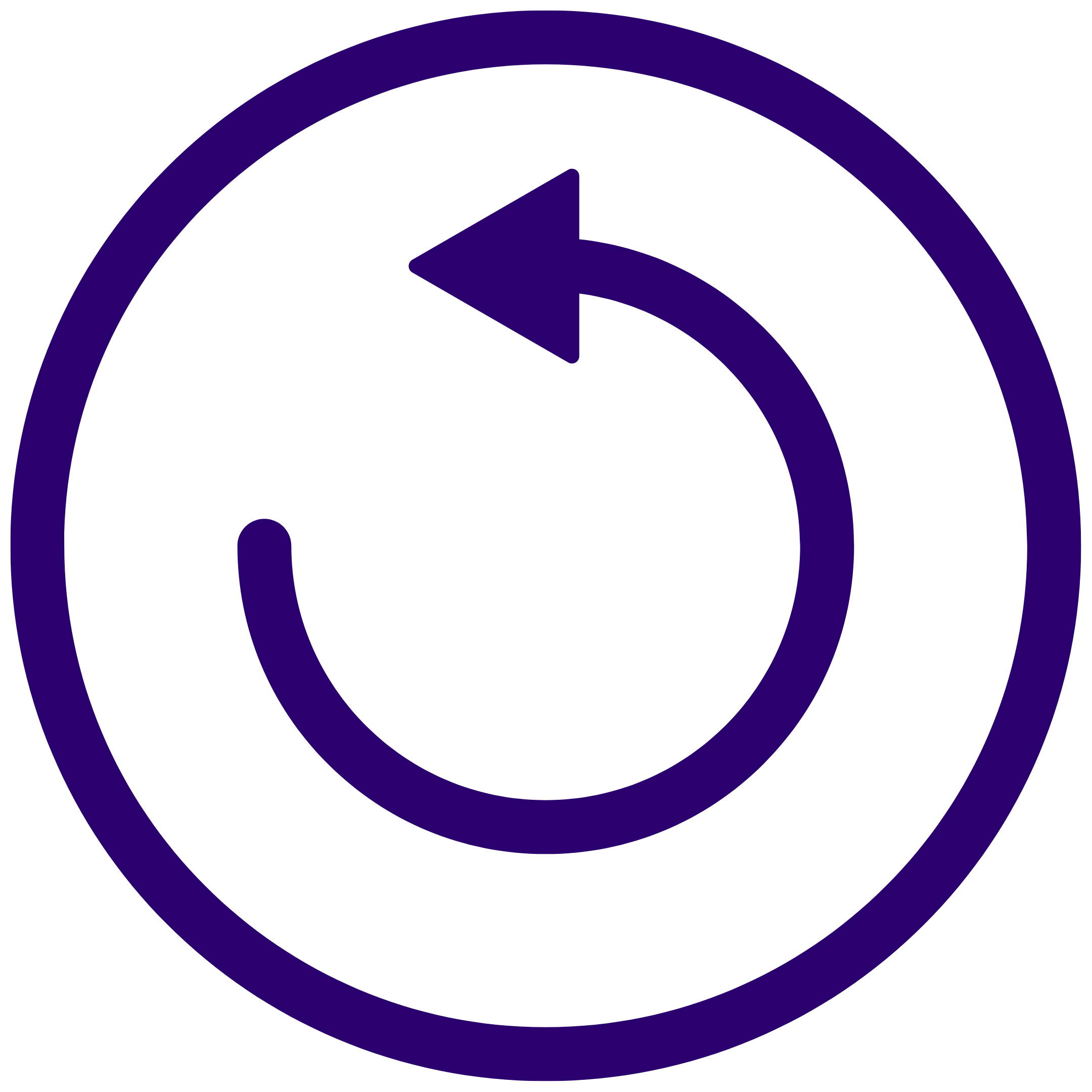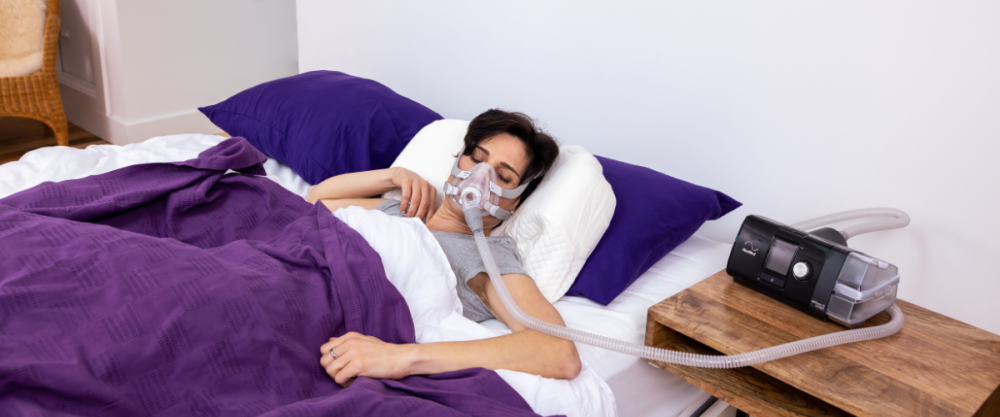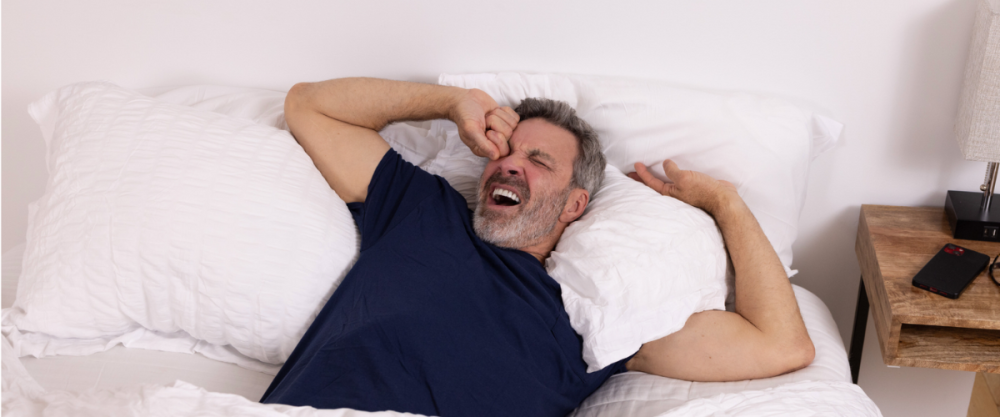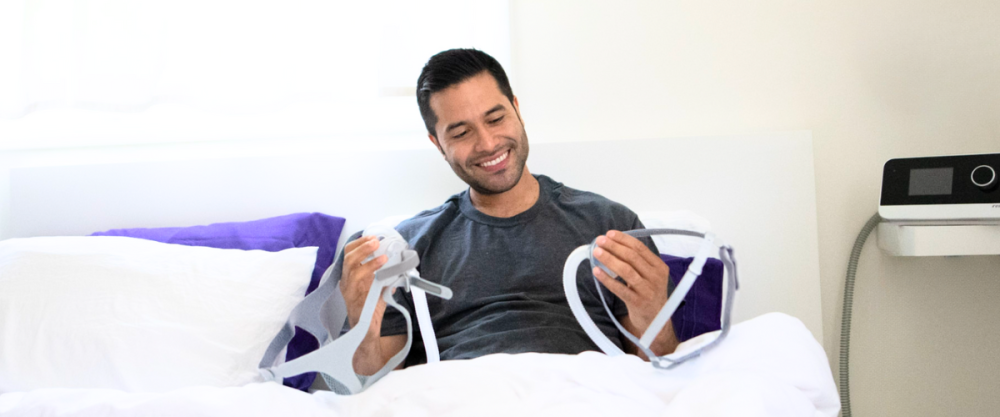BiPAP vs CPAP: Which One is Best?
- May 30, 2025
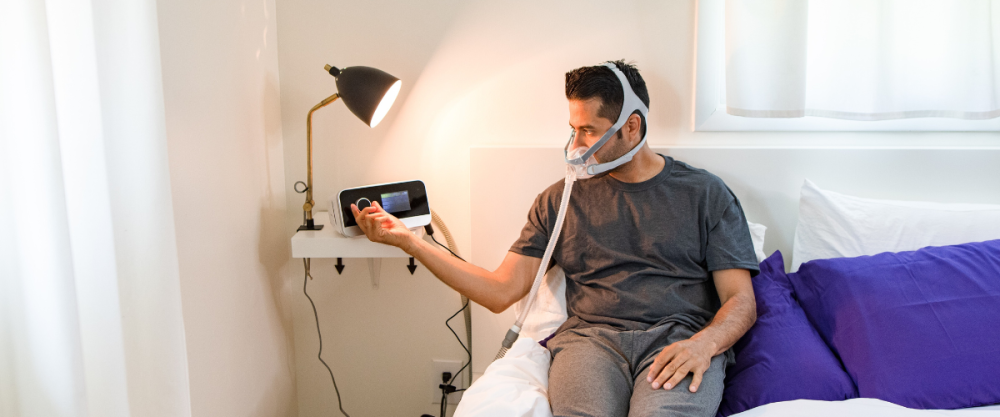
One of the most common questions from those diagnosed with obstructive sleep apnea (OSA) looking for treatment options is: “What’s the difference between CPAP, BiPAP, and APAP...and which is better?”
All three machine types fall under the category of being a positive airway pressure machine. They’re designed to keep your airways open while you sleep, serving as sleep apnea treatment. Each device type works slightly differently, and understanding those differences can help you and your healthcare provider make the best choice for your needs.
How Does CPAP Work?
CPAP stands for Continuous Positive Airway Pressure. It delivers a constant, fixed level of air pressure throughout the night. This consistent airflow keeps your upper airway from collapsing, which prevents apneas (pauses in breathing) during sleep.
CPAP is the most commonly prescribed and widely used therapy for obstructive sleep apnea. It’s effective, non-invasive, and compatible with all major CPAP mask styles.
CPAP Machines: Most Common for Obstructive Sleep Apnea
CPAP machines are usually the go-to option for people who don’t have additional respiratory issues. If you're new to PAP therapy or have a straightforward OSA diagnosis, CPAP is likely the device your doctor will recommend first. It's also the most budget-friendly and widely available option.
Modern CPAP machines often include a feature called Exhalation Pressure Relief (EPR). EPR slightly lowers the air pressure as you exhale, making it easier and more comfortable to breathe out against the incoming airflow.
Important to note: While EPR provides relief on exhalation, a CPAP machine still uses one prescribed pressure level. This is where BiPAP machines are different.
How Does BiPAP Work?
BiPAP stands for Bilevel Positive Airway Pressure, and unlike CPAP, it uses two pressure levels:
- IPAP (Inspiratory Positive Airway Pressure): A higher pressure when you inhale.
- EPAP (Expiratory Positive Airway Pressure): A lower pressure when you exhale.
This dual-level setup make BiPAP machines ideal for people who:
- Struggle with exhaling against CPAP’s constant pressure
- Require higher pressure settings
- Have complex or central sleep apnea
- Have comorbid conditions like COPD or congestive heart failure
While CPAP with EPR may feel similar to BiPAP, the difference is clinical. EPR only reduces pressure slightly and proportionally, whereas BiPAP allows for fully customized and independent pressure settings for inhalation and exhalation.
BiPAP Machines: Best for High Pressure Needs or Complex Conditions
BiPAP (Bilevel Positive Airway Pressure) is often prescribed when CPAP isn’t enough, especially for people who require higher pressure settings (typically above 15 cmH₂O) or have difficulty exhaling against continuous pressure. It’s also ideal for patients with central sleep apnea (CSA), complex sleep apnea syndrome (CompSAS), or underlying conditions like chronic obstructive pulmonary disease (COPD) or congestive heart failure (CHF).
What sets BiPAP apart is that it uses two distinct pressure levels: a higher pressure for inhaling (IPAP) and a lower one for exhaling (EPAP). This makes breathing feel more natural and can reduce symptoms like air swallowing, bloating, or shortness of breath. If you’ve tried CPAP and found it hard to tolerate due to the pressure or if you’ve been diagnosed with more complex respiratory conditions, BiPAP might be the better solution.
If you are having trouble adjusting to your CPAP machine, there are a few things to try before choosing a different treatment option:
- Make sure that you have a well-fitting CPAP mask. Many patients cannot tolerate their machine simply because they have a mask that does not properly fit them. Use our handy mask fit guide to ensure that you get a great fit.
- Check your humidity level and remember to use your ramp button. The ramp feature will lower your pressure and slowly work its way back up, giving you time to fall asleep at a comfortable pressure.If you are still having trouble with your CPAP machine, it may mean that you are a BiPAP candidate. BiPAP machines are a great option if you require a high-pressure setting.
BiPAP vs. CPAP
While BiPAP machines and BiPAP therapy offer more customization, they’re usually prescribed for specific medical needs or patients who do not tolerate CPAP therapy.
They also tend to be more expensive than standard CPAP machines. If you’re only struggling with minor discomfort from airflow, adjusting to your pressure settings, or common CPAP side effects, a BiPAP machine might end up being more than you actually need for your treatment.
In many cases, an APAP machine could be the ideal middle ground.
What is APAP?
APAP stands for Automatic Positive Airway Pressure, typically called an Auto CPAP machine. Unlike CPAP or BiPAP, which use fixed settings, an APAP machine automatically adjusts the pressure level throughout the night based on your breathing patterns.
Here’s how it works:
- Your provider sets a pressure range (e.g., 6–14 cmH₂O).
- The APAP machine monitors your breathing and uses algorithms to deliver just the right pressure at the right time.
APAP is a great choice for patients whose pressure needs vary. Healthcare providers take considerations into account such as sleep position, breathing patterns, body weight, congestion, and other variables. It’s also increasingly common for sleep specialists to prescribe auto-adjusting CPAPs, making APAP functionality the new norm in many modern devices.
APAP: Best for Variable Pressure Needs and Comfort
APAP (Automatic Positive Airway Pressure), sometimes called Auto CPAP, is a more dynamic option that automatically adjusts the air pressure throughout the night based on your breathing. This makes it ideal for people whose pressure needs differ, such as those who change positions often during sleep, experience nasal congestion, or are in the early stages of treatment without a finalized pressure setting.
APAP is often recommended for patients with mild to moderate OSA, especially if they’re sensitive to pressure changes or prefer a more comfortable and responsive experience. It’s also a great option for those who haven't yet had a titration study, since the machine self-adjusts within a prescribed range. In fact, many modern CPAP devices include APAP features by default, so if comfort and flexibility are top priorities, APAP may be your best bet.


Which Device Is Right for Your Sleep Apnea Treatment?
Choosing the right device depends on several factors:
- The severity of your sleep apnea based on your sleep study
- Your air pressure needs
- Your breathing patterns
- Your common sleeping position
- Coexisting sleep disorders, breathing disorders, and potential side effects
- How well you tolerate airflow and pressurized air
- The type of face mask you need
If you’re having a hard time adjusting to CPAP therapy, try these steps before switching to BiPAP device:
-
Check your CPAP mask fit. A poorly fitted mask can make even the best machine uncomfortable. Use our Find Your Mask feature to get it right.
-
Use your ramp feature. This lets the machine start at a lower pressure and gradually increase it as you fall asleep.
-
Adjust humidity settings. Dry air can cause nasal irritation and dry mouth, so a humidifier chamber may be a good starting place before changing your device type entirely.
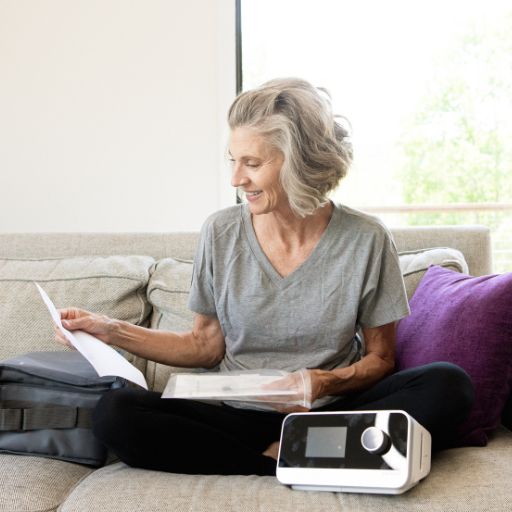

Quick Tips
- If your diagnosis is straightforward obstructive sleep apnea, CPAP or APAP is usually the first step.
-
If you can’t tolerate CPAP, especially due to trouble exhaling or high pressures, your doctor may recommend BiPAP.
-
If your pressure needs fluctuate, APAP can adapt nightly, making it more comfortable and less intrusive.
What This Means for Your OSA Treatment
The best device is the one that helps you sleep better and breathe easier and fits your individual needs. CPAP works well for most people, but BiPAP offers alternatives for those who need more flexibility or support.
Still need help with your setup? Get help from start to finish using our Curated Shopping feature! We’re here to help you find the perfect solution and setup for a better sleep!
